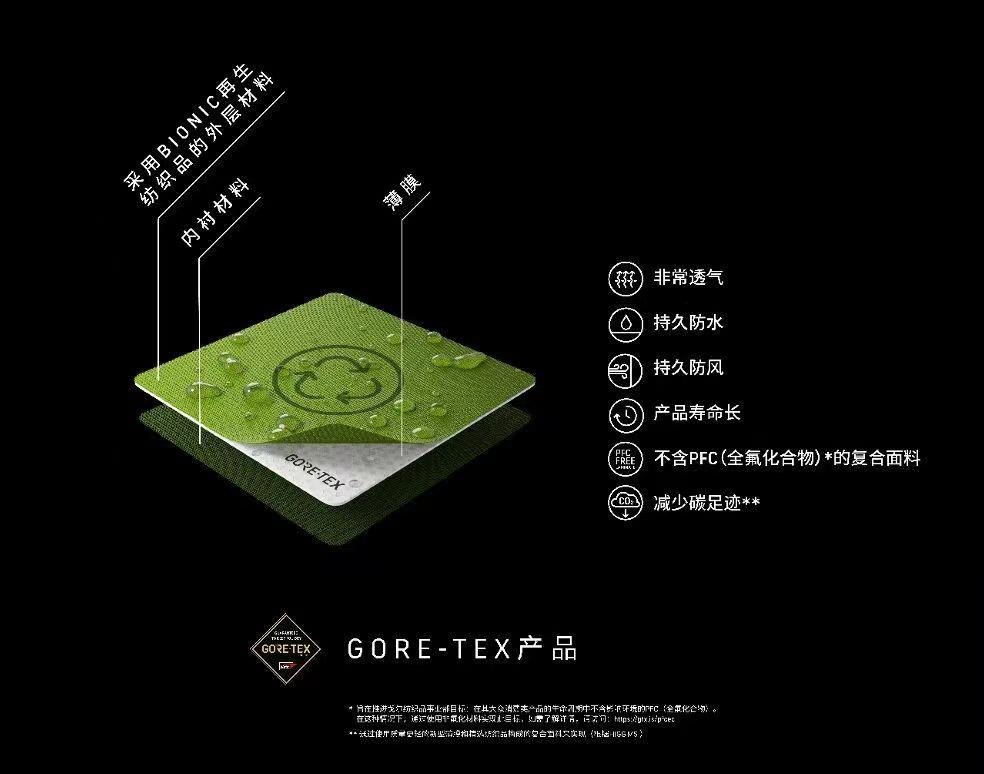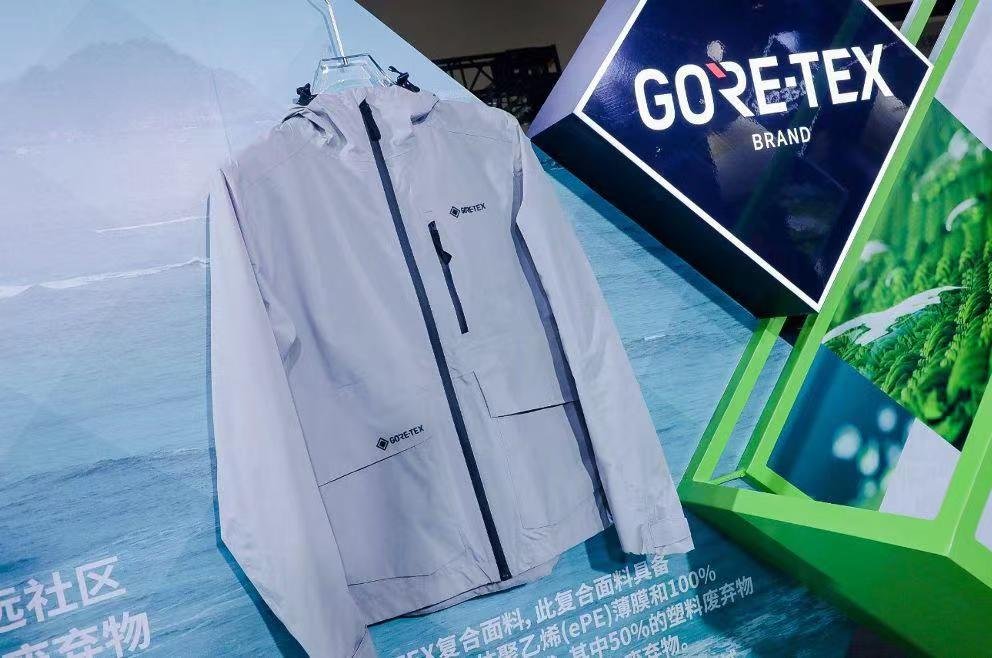It is understood that GORE-TEX introduced a new type of composite fabric using BIONIC recycled textiles. Some of the textiles are composed of plastic waste recycled from coastal areas, which has environmental protection characteristics and waterproof, windproof and breathable properties.
In fact, GORE, the parent company of the Gore-Tex brand, partnered with the Bionic team to invest in its plastic recycling and sorting plant in Cobano, Costa Rica, which turns recycled and sorted plastic waste into textile material, The fabric is then bonded to an innovative GORE-TEX film to create a BIONIC recycled composite fabric.

In the case of polyester textiles, 50% of plastic waste is recycled by Bionic's operations from coastal areas, and the other 50% is recycled by other municipalities and certified to the Global Recycling Standard (GRS).
From the perspective of the overall fabric properties of GORE-TEX, functionality has always been a recognized advantage of GORE-TEX, but in addition, the composite fabric without PFCS (perfluorinated compounds) has promoted GORE-TEX to make new achievements in environmental protection and sustainable development: The cycle of its mass consumer products does not contain PFCS (perfluorinated compounds) that affect the environment, thus protecting the corresponding Earth environment. At the same time, measurements show that the carbon footprint can be reduced through the use of new lightweight films and composite fabrics made of selected textiles.
As a leading company in the industry, GORE-TEX's technical research and development direction in fabrics is also seen as a development trend. From the perspective of the industry, technological innovation in fabrics is promoting the upgrading of environmental performance, which will play an important role in reducing carbon in the clothing industry. According to McKinsey's 2022 Fashion White Paper, the apparel industry accounts for a quarter of China's carbon emissions from major consumer goods. Among them, sports shoes and clothing brands have been exploring the way of green consumption for a long time. In the field of sports consumer goods in China, environmental protection and sustainability have become one of the important labels for some brands to go out into the circle.
Outdoor shoe brand Salomon, for example, introduced a new "green" concept in its collection this year: its latest shoe, Salomonon XT-6 GTX, added GORE-TEX bulkhead polyethylene (ePE) film and rip-proof mesh. The most unique feature of this fabric is its strong green and environmental protection properties: the composite fabric does not contain PFCS (perfluorinated compounds) in the whole life cycle, which can reduce the carbon footprint, provide more lasting protection for the wearer, and reduce the impact of the product on the environment in the whole life cycle, so as to realize green and low-carbon production mode and green consumption.
